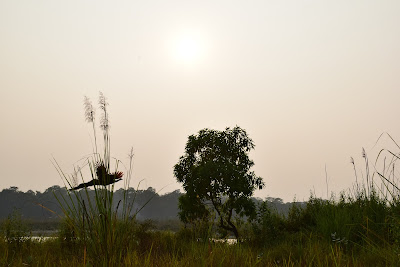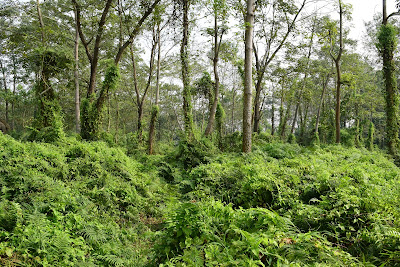Chitwan National Park is a UNESCO World Heritage Site that was designated as a National Park in 1973 (the first in Nepal) to protect its very rich and fragile biodiversity. The word Chitwan is a mix of two Tharu names: Chit (heart) and Van (jungle) that together means “heart of the jungle”. The park is world renown for being one of the last refugees of the one horn rhino and home to other fascinating species like royal Bengal tigers, leopards, Asiatic elephants, wild boars, sloth bears, the endanger gharial crocodiles and more than 600 species of birds. The park compromise 932 square kilometres of tropical and subtropical vegetation, with grassland, riverine and Sal forest. Three rivers shape most of its boundaries: the Narayani and Rapti in the north, and the Rew flowing through the National Park.
During the years of conflict with the maoist guerrilla the military were too busy fighting, and the poachers were left to operate without much control in the Chitwan National Park. The numbers of rhinos and tigers were severely decimated, but
These are the recommendation of the jungle experts in case you encounter one of these dangerous animals:
Rhino: climb the nearest tree and if you can’t find one run away in zig zag and drop a piece of cloth to distract the animal.
Tiger: look at the animal straight to the eyes and walk backward until you reach safety.



